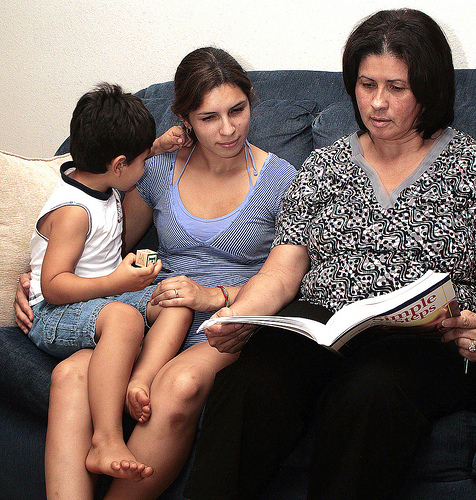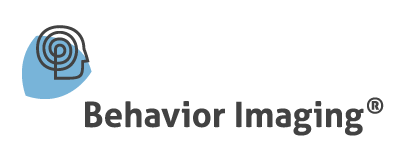Current Innovations
 The ability to start autism screening and diagnosis the same day – which saves an average of 6 to 9 months in earlier diagnosis and earlier intervention – sets the child miles ahead in development. Telehealth holds this same promise for a huge array of health and behavior issues where time is of the essence.
The ability to start autism screening and diagnosis the same day – which saves an average of 6 to 9 months in earlier diagnosis and earlier intervention – sets the child miles ahead in development. Telehealth holds this same promise for a huge array of health and behavior issues where time is of the essence.
It’s innovations like that which has won grants and the support of our sponsors.
Here are more features of our current technology that our sponsors and supporters value:
Visual Evidence – “Visual Behavior Specimens” – are a Game-changer
- Video makes for rich, quality, informative data
- Multiple reviews/assessments of one set of evidence – Multiple examiners
- These factors lead to evidence-based practice and less subjective research, diagnosis, and care
- Unlike observation, video can be stored, archived, and can be revisited later
- This builds a research subject pool for scientists
- We’re creating a registry of data, the world’s largest video pool of “Visual Behavior Specimens”
NODA- Naturalistic Observation Diagnostic Assessment
- Quality of data capture based in natural environments using NODA for direct observation
- Application to wide array of health and behavior applications from nursing transfer training to PTSD and Alzheimer’s intervention, to medication management
Technology Lowers Connection Barriers
- Accessible and Portable to overcome 5 barriers – Time, Geography, Professional expertise, Cost, Communication
- Flexibility among Dx systems; Ease of transfer for Dx results
- Quickly switch between DSM4 and DSM5 – debates may rage on but the video data never change
- Access to specialists improves quality and speed of diagnosis and care
